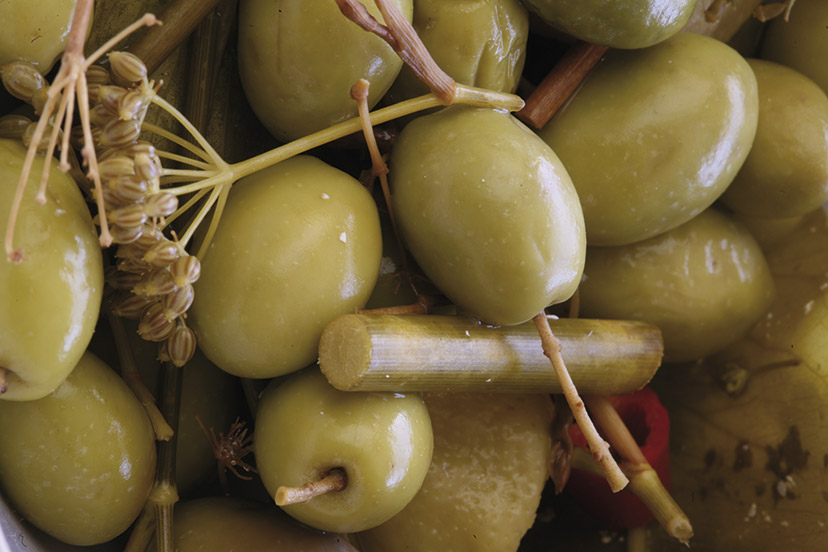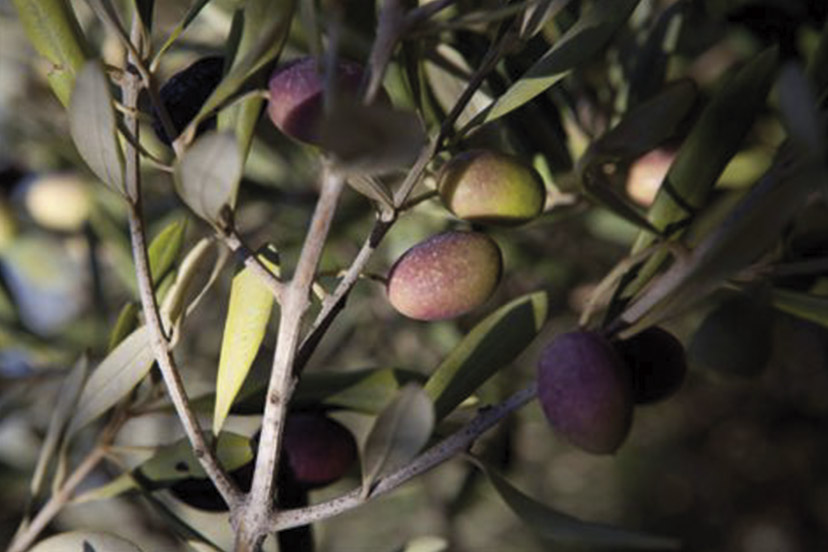Olives are among the most prised examples of Ibiza’s local produce and they are an essential addition to the table in all the island’s homes and restaurants. Highly nutritious, and with a distinctive taste, they are the quintessential example of Ibizan gastronomy. There are many varieties in Ibiza, depending on the village where they are grown, or the family that prepares them.
Locally grown olives are distinguished by their various colours, black olives are usually drier and sweet tasting, and the green ones are spicier and rather more bitter, with a bite to them. Normally, green olives are flavoured with garlic, parsley, fennel, oregano, rosemary and thyme. All of them are delicious and a snack that everyone enjoys.
Ibizan olives appear on every table alongside an aperitif, together with some good bread and aioli. They are also the prime ingredient in a delicious sauce made with the island’s exquisite olive oil, which has been granted a geographical indication recognised for its excellent quality, and the diverse ways in which it is produced. In most cases, the olives are organically produced. For some time now, Ibizan olive oil has been available all over Spain in selected outlets selling gourmet products.
The first step in preparing the “trencades” olives of Ibiza is to harvest them, which takes place in the autumn. The farmers collect the olives while they are still green and crush them in a mortar (a typical cooking utensil in every Ibizan home) or they simply make a cut in the side of each olive with a knife, which also helps to check that the olive is suitable for keeping, as its flesh will come away from the stone with ease and it will be possible to make a clean cut. Those two indications tell experts whether or not the olives are ready, or if they need to wait a few days more before harvesting.
Once harvested, the olives are then washed and placed in a recipient, preferably made of glass, which is filled with water, and they are left to soak for a week, stirring and changing the water a couple of times a day so that they release their bitter taste. Following the soaking they are then placed in another recipient and lemon leaves, chunks of green lemons including their skin, bay leaves and bunches of fennel are mixed in, having been previously crushed in a wooden mortar.
The final step is to add salt and water brine, in a proportion of one kilo of salt to every nine litres of water, and they are placed in a closed container where they should be left to macerate for at least four months.

